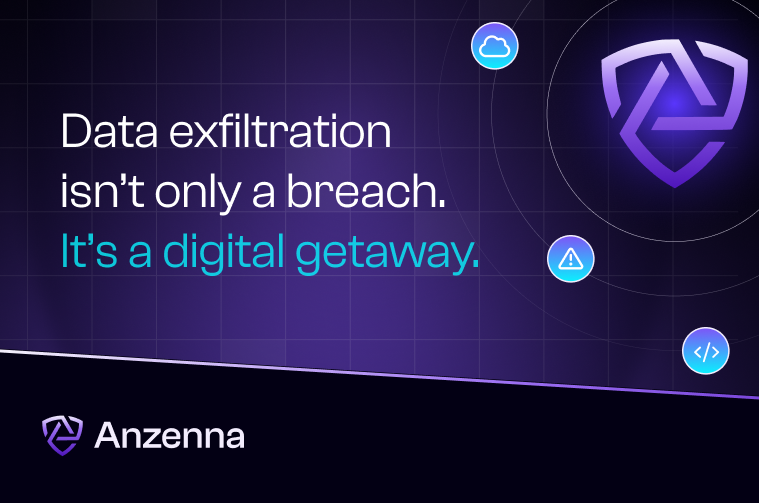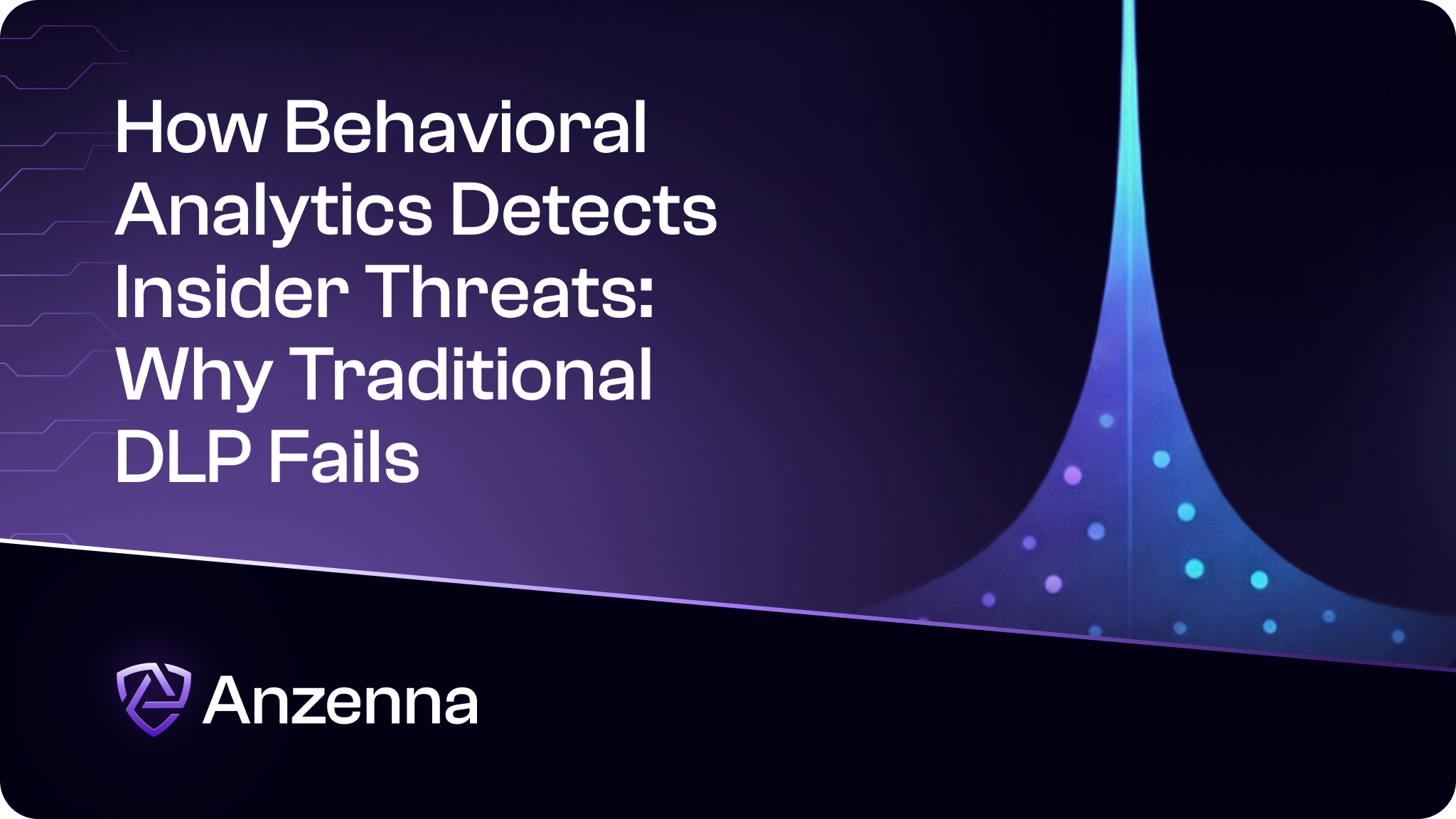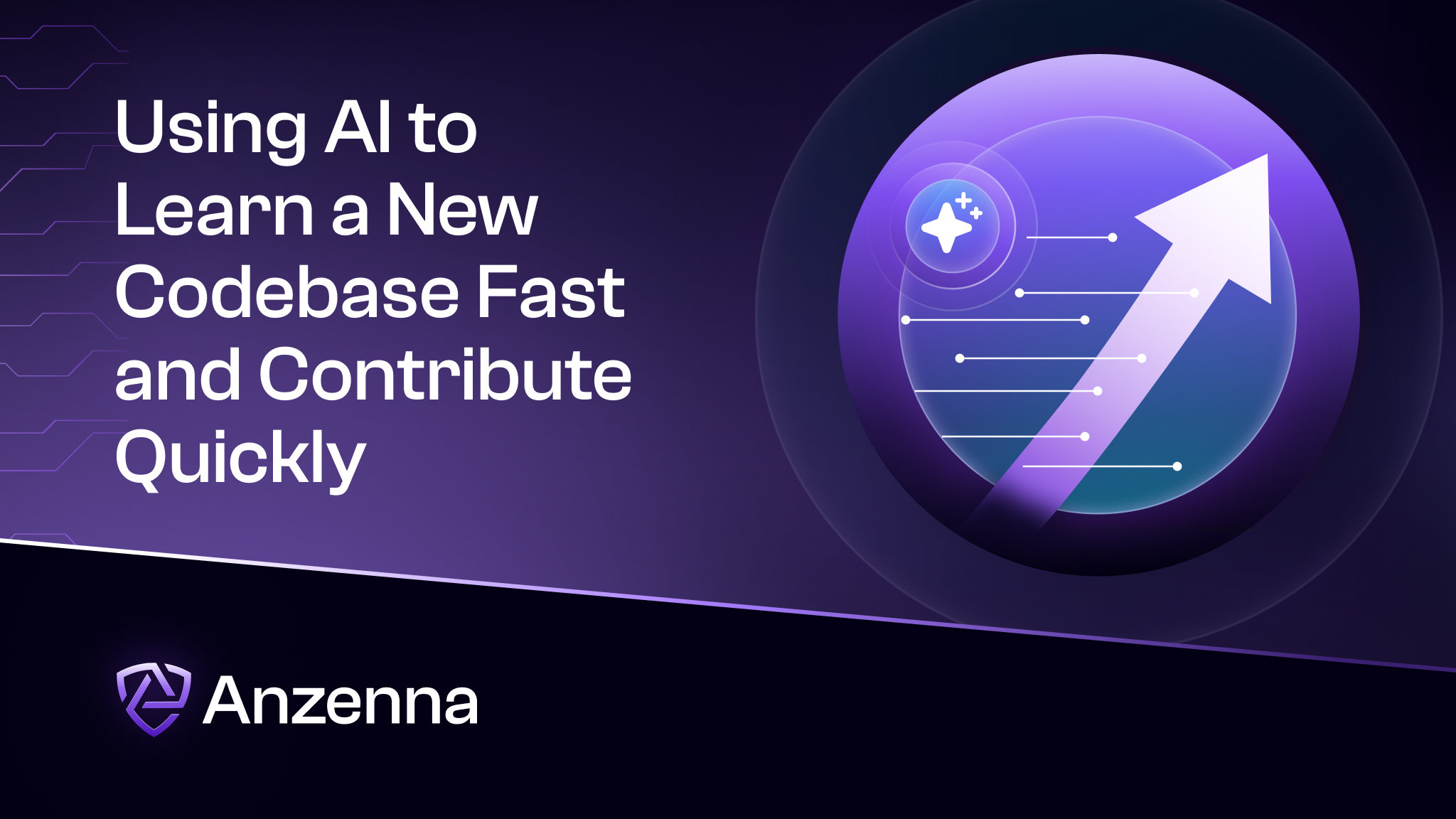When they go to work on any given Tuesday morning, bank employees are not usually expecting a robbery. But, just in case, banks are prepared with multiple layers of security.
Their security would be incomplete if they just focused on keeping bad guys out; they also need systems in place to make it harder for anyone (even their own employees!) to steal the money.
Cybersecurity is not all that different. If a data breach is a bank robbery where intruders take control of the bank lobby, data exfiltration is when they access the vault to take your Cloud jewels. Thankfully, with the right tools and systems in place, data exfiltration is preventable and your data can remain safely locked away from the morally bankrupt among us.
What is Data Exfiltration?
When cybercriminals successfully infiltrate – or gain unauthorized access to your sensitive data – they have breached the network.
Data exfiltration is when an unauthorized person steals data from the original, compromised device and puts it onto the attacker’s device. This form of theft may happen by removing, moving, or copying data from a computer, mobile device, server, IoT device, cloud storage, printer or scanner, or other data-storing environment.
Data Exfiltration Meaning
The simplest way to understand data exfiltration is to look at the definition of the term “exfiltrate,” including the way it is used in other settings. To exfiltrate is to remove, and it is commonly used in a military context to discuss a secret or clandestine removal of troops or spies.
If you visualize spies fleeing into the night on a stolen speedboat, carrying top secret information with them, then you’re thinking of a less-action packed instance of what would happen if your data were exfiltrated. An adversary stealthily steals information they are not intended to have and then uses it for ill-gotten gain.
Data Exfiltration Techniques
There are several common ways bad actors attempt to exfiltrate data:
- Social engineering, including phishing
You are probably already familiar with phishing and social engineering. In these attacks, a bad actor is a wolf in sheep’s clothing and poses as a safe, trusted party. Then, they ask for login credentials or other information that will allow them easy access to sensitive information.
In an exfiltration, a bad actor would use their unauthorized access to copy or move sensitive data to servers or device storage they control.
- Malware
Potentially as a result of social engineering, or possibly through a more direct cyberattack, a bad actor will attach unauthorized and compromised software that controls or gives them access to your data. It may go undetected for some time, leading to malware scanning for and extracting desired information that then ends up in the hands of the bad actor.
- Exploiting vulnerabilities
If members of your organization use weak passwords (we’re looking at you, “password123”), don’t update their hardware or software with appropriate patches, or misconfigure either cloud storage or servers, it can act as the equivalent of leaving the front door unlocked.
A bad actor utilizes one of these open doors to access sensitive information, or possibly to plant malware, that will then offer the opportunity they need to exfiltrate sensitive data.
- Insider threats
We all want to believe the best about our colleagues, but insider threats are a reality. Employees, whether disgruntled, financially-motivated, or careless, may aid in data exfiltration.
For instance, they might email sensitive data to unauthorized parties, remove information from work-use storage devices, deliberately grant a bad actor access to internal servers, use personal devices for work purposes (or vice-versa), or otherwise create some of the vulnerabilities discussed above.
Data Exfiltration Prevention
The best ways to prevent data exfiltration are 1) to keep bad actors out of your sensitive networks, servers, and devices and 2) to understand the way authorized users are accessing and using your data.
The right employee education, monitoring tools, and security protocols can go a long way to prevent data breaches and data exfiltration. Here are a few ways organizations can actively prevent data exfiltration:
- Prevent phishing – Train your workforce to understand the signs that an email may be a phishing or social engineering ploy. For those tough-to-recognize threats, it also helps to have an AI-driven email security solution that looks for patterns and potential risks most humans would miss.
- Back up your data – If your data is regularly backed up in secure storage environments, then your organization can quickly restore it in the event of a successful data theft. It won’t prevent bad actors from using what they have already stolen, but it will help to reduce the impact.
- Use encryption – Your data is constantly on the move. If you use encryption, then bad actors intercepting messages and data traveling between devices and storage environments will be less likely to be able to use it.
- Deploy a DLP strategy – DLP stands for “data loss prevention.” While they are not a standalone solution, a DLP tool can help to identify and classify sensitive information and either encrypt or block it so it can’t be sent, stolen, or accessed.
- Define and maintain AI boundaries – A lot of generative AI tools are not secure, and your workforce may be uploading your sensitive data into unprotected environments. Create expectations for AI use and act to secure the AI tools your teams are using.
- Focus on culture – Your colleagues are (usually) allies, not threats. When you make sure they have the right information about data compliance, risk, and best practices, most people will want to be a part of the solution.
Data Exfiltration Detection
And now comes the harder part. If data exfiltration can be tough to prevent, then it is often even harder to detect. In order to successfully make it past so many intelligent, proactive people (who have often been aided by AI), bad actors are very sneaky.
Organizations don’t always know data has been stolen until it has been weaponized against them, their customers, or their vendors. That’s why a data exfiltration detection strategy is essential.
A sound detection strategy will tell you:
- What users are up to with your data. If you track when and how data is being accessed, downloaded, or uploaded, then you can be on the hunt for irregular behavior.
- How employees are using email and applications. If you are monitoring sends to unfamiliar or suspicious accounts, unauthorized integrations or APIs, collaboration apps, and how employees use the cloud, then you can flag anything fishy for further investigation.
- Who is logging in to what and from where. If you see logins popping up from unfamiliar devices, or activity that looks like an attempt to access secure content, then it’s time to dive deeper.
Anzenna Detect offers complete visibility in all of these areas and more. Our holistic data movement view and channel tracking show you everything you need to see in one spot. AI-powered pattern detection and actionable context flag suspicious activity, fill in the gaps, and aid in quick, risk-based remediation.
Data Exfiltration FAQ’s
What is data exfiltration in cybersecurity?
Data exfiltration is when a bad actor intentionally steals sensitive data. It is different from a breach or a leak, which just means outside parties have gained unauthorized access to your data.
How do you prevent data exfiltration?
The best defense is to make sure users are following your data security processes. Have tools and solutions in place that monitor their activity – including the movement and access of data and files across devices and the cloud – to have a better idea of where your data is headed and into whose hands.
How much does data exfiltration cost?
This is a tricky one. It’s hard to isolate the act of exfiltration from other costs associated with a major data breach. However, we know that the average breach costs millions of dollars. Data exfiltration also results in a loss of trust and significant reputational harm.
I have a firewall and antivirus protection. Is that enough to keep my data safe?
A firewall and antivirus solution can help to prevent exfiltration by keeping bad guys off of your network and helping to fight malware once it’s in place, but tools that rely primarily on blocks can’t help you when the users or specific activities are (or appear to be) authorized.
You need to take it a step further and have visibility and monitoring into even those activities which are allowed but risky. That’s where Anzenna really shines.
Bringing It All Together
Detecting and preventing data exfiltration is a complicated business. With so many possibilities for unintentionally-created vulnerabilities, and instances of authorized use gone awry, it’s not enough to rely on traditional defenses.
With the right visibility, and the smarts to know what you’re looking for, your team can spot suspicious or irregular behavior that can tip you off that your important information is at risk. The sooner you know, the sooner you can act to lock it down and keep the spies, bank robbers, or any other analogous bad actors from riding into the sunset with your customer’s data and trust.








